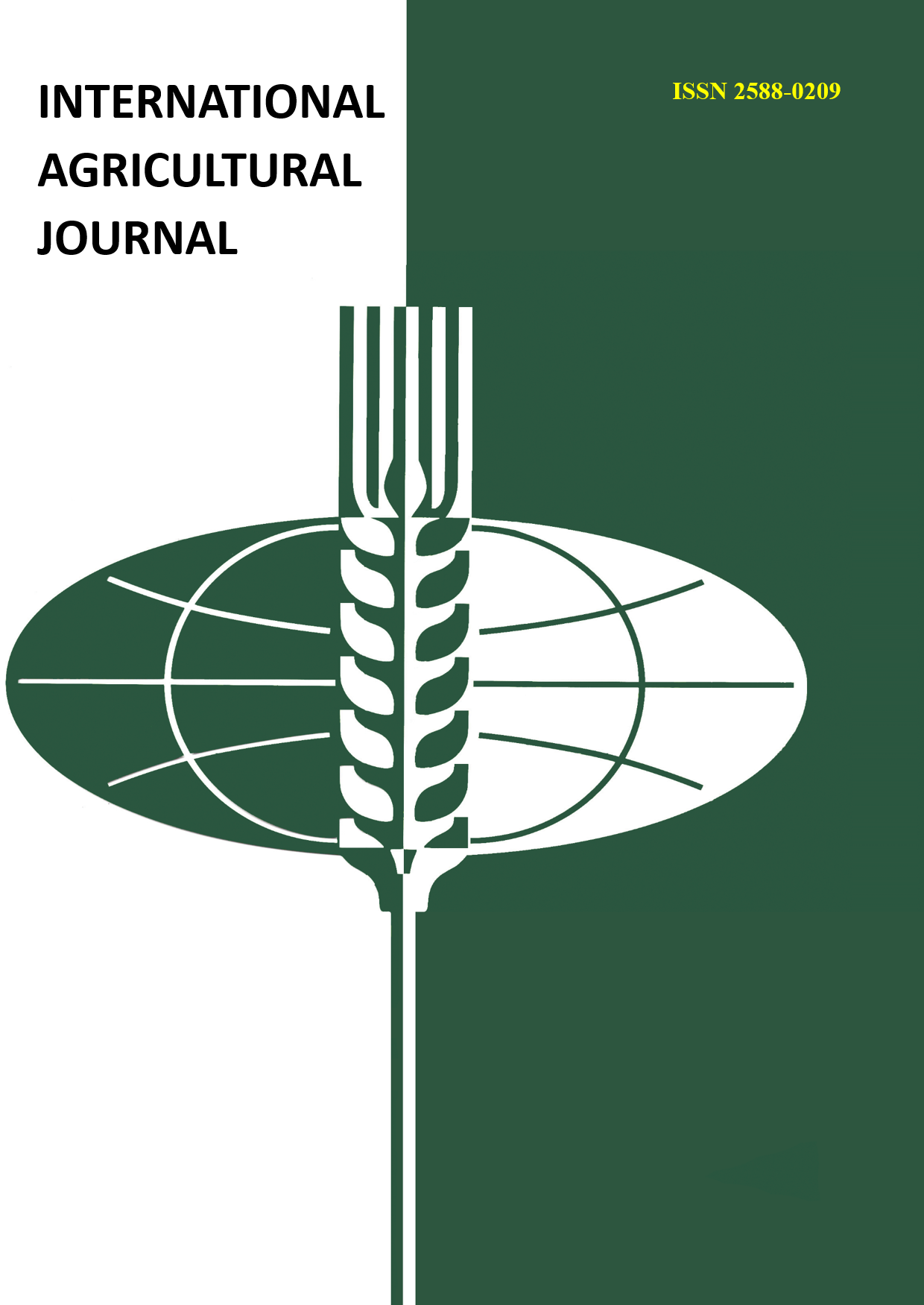Agricultural cooperatives are joint organizations in which members are mainly farms and personal subsidiary plots. The most common are production cooperatives, in which the members of the cooperative combine the productive resources of land and equipment for joint farming. Production cooperatives organize the sale of products of cooperative members to third parties. Service cooperatives, or service cooperatives, which provide services for the supply of fertilizers, seeds, and are also engaged in the processing of agricultural products and their storage, are also no less famous. The creation of an agricultural cooperative is one of the forms of self-employment of rural residents. Not every farmer can purchase, for example, an apparatus for the production of compound feed or a machine for transporting milk over long distances. With the combined efforts of several farmers, this possibility becomes a reality. Therefore, in the article, the authors try to show the relevance of this direction for rural residents. Cooperation helps its members to increase income levels and ensures the competitiveness of products in agricultural markets. Cooperation also makes it possible to use the achievements of modern technologies in agriculture, which is not available to every resident of a rural area if he independently manages his farm. Cooperation helps to provide access to banking services and solve pressing problems that are easier to solve together than individually.
sel'skohozyaystvennaya kooperaciya, potrebitel'skie kooperativy, fermerskie hozyaystva, chleny kooperativa, grantovaya podderzhka, mentalitet sel'skih zhiteley














